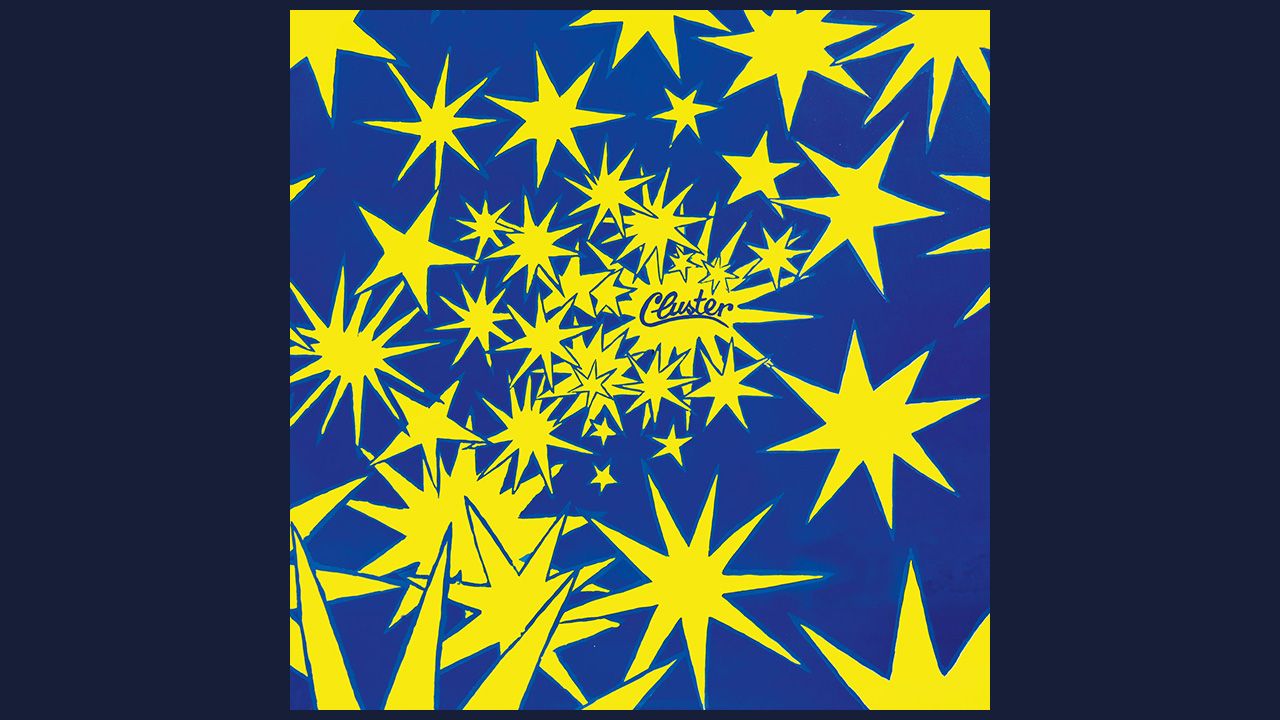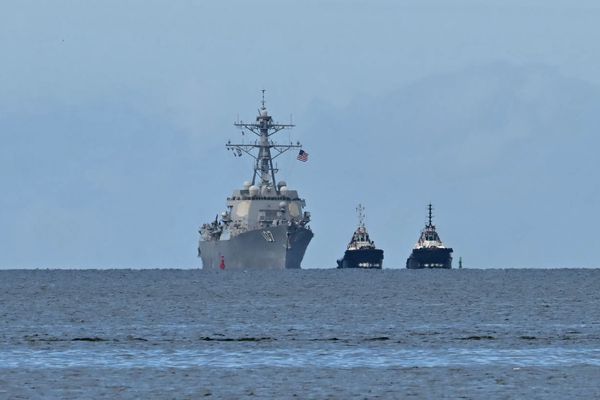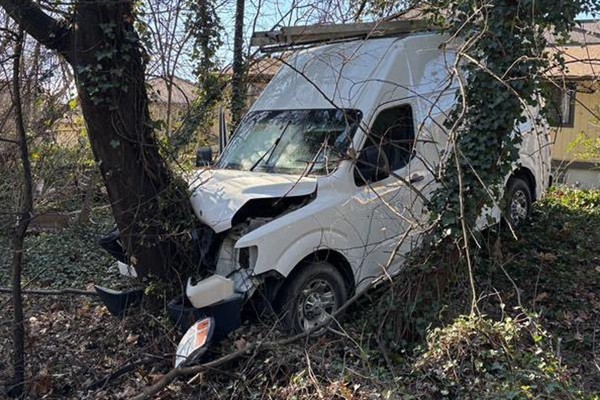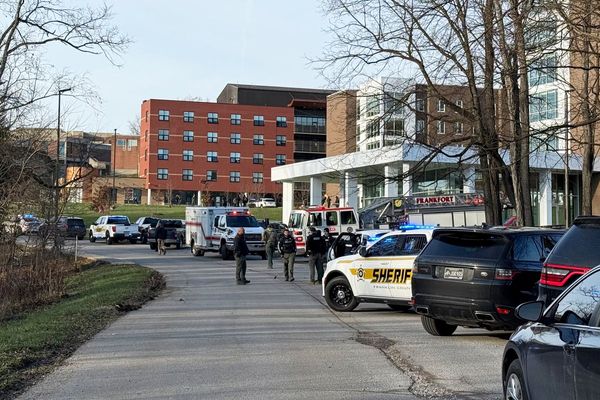
Probably best known for their mid-70s albums Zuckerzeit and Sowiesoso, as well as their collaborations with both Neu!’s Michael Rother (as Harmonia) and Brian Eno, Cluster’s earlier work – though no less innovative – tends to be overlooked.
One of the founders of Berlin’s experimental live music venue Zodiak Free Arts Lab in the late 60s, Cluster’s Hans-Joachim Roedelius was never one for concession. He ejected conventional song structure as bourgeois, while forging ahead as an autodidact working with oscillators, distortion units and echo delays.
Partner Dieter Moebius took an equally enthusiastic approach, and with Conrad Schnitzler in tow, the trio made experimental and improvised music as Kluster before the Schnitzler left and precipitated a name change.
Unlike the pastoral electronica which later made their name, Cluster II was recorded in Hamburg under the production auspices of Conny Plank. The sound of industry permeates the album throughout, while its influence is keenly felt in the early work of Cabaret Voltaire, Throbbing Gristle and other acolytes.
The slowly unravelling grind of the 13-minute epic Im Süden lays down the foundations for the hypno-monotony that would characterise Spacemen 3’s later work (see Suicide). Devoid of beats or any obvious sense of rhythm, its pulsing machinations use repetition as their hook, while a Hawaiian guitar is pushed through a phalanx of effects to disguise its origins.
Likewise, the similarly extended Live In Der Fabrik – which translates as ‘Live In The Factory’ – is as much a statement of intent as it is a title. This is the sound of post-war German culture rebuilding itself through the prism of the avant-garde.
Roedelius’ wife described this period as “noise terrorism” – listening now, it’s hard to disagree. But with the oscillations of Plas in full flow, this adventurous album helps join the historical dots of electronic music.
Cluster II is on sale now via Bureau B.







